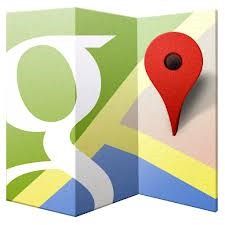When you set out to map the entire Earth, if you do it right, you're going to end up with a lot of data. Google Maps has a constant stream of information coming in from a ton of sources - its own Street View cars, satellite imagery, governments, and users all over the world. Once you have all of that information, how do you deal with it? What happens when the government map doesn't perfectly match the satellite image? How do you make sure that a "No Left Turn" sign is reflected in the turn-by-turn directions?
As outsiders, we've always just assumed the answer to this is "magic," but it turns out, it's all handled by a program called "Google Atlas" - an internal-only tool used to manage Google Maps data. We caught a 5-second glimpse of it a year ago in a promotional video for the "Report A Problem" feature, but that wasn't nearly long enough to understand what was going on.
[EMBED_YT]https://www.youtube.com/watch?v=FsbLEtS0uls
[/EMBED_YT]
At I/O, Google decided to lift back the curtain and show us just how Google Maps is made. If you don't want to watch the full 40 minute video, the Atlas stuff starts at 7:30. You'll see a great walkthrough of just how Atlas works, and how Google combines all of this conflicting data from different sources. In the end, there is no silver bullet; it's just a lot of work that takes a lot of people. Still, it's fascinating to see just how it works, how user-friendly it all seems, and how much of an insane project Google Maps really is.
The whole video is a great watch, so kick back, relax, and, while you're watching, think about just how hard it is for Apple and other competitors to attempt to replicate even a small fraction of Google's mapping juggernaut.

